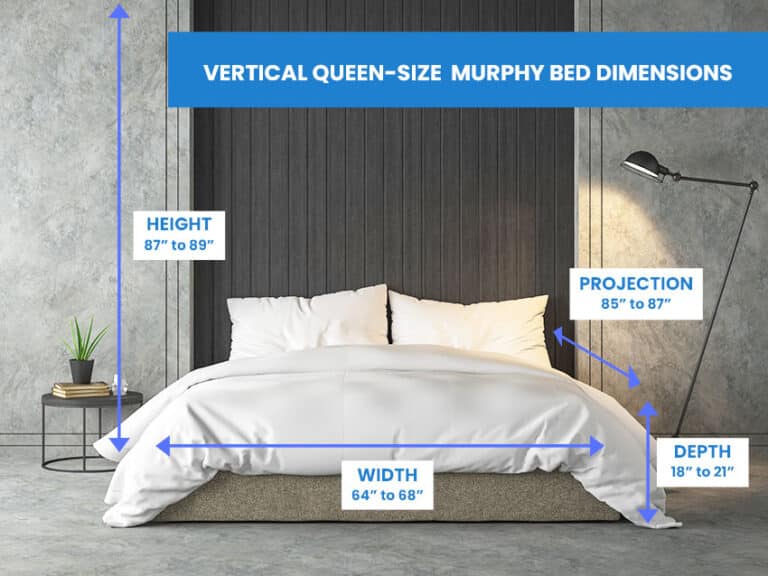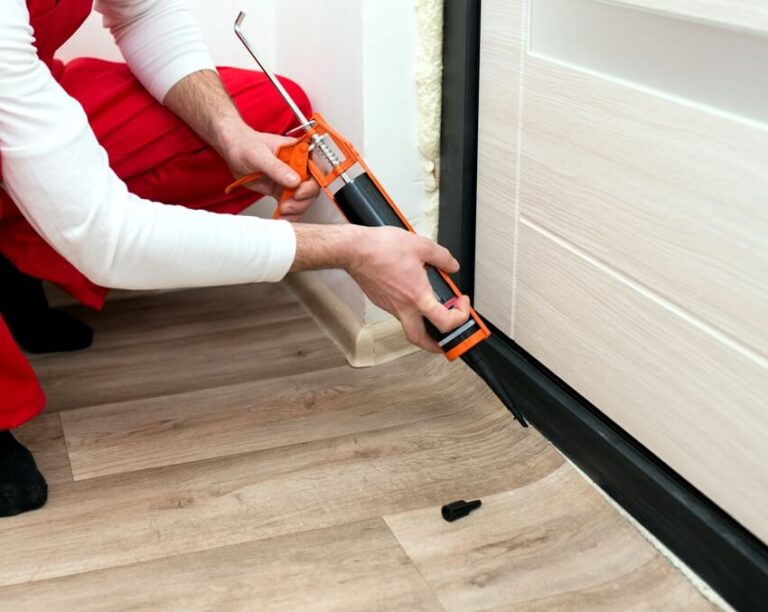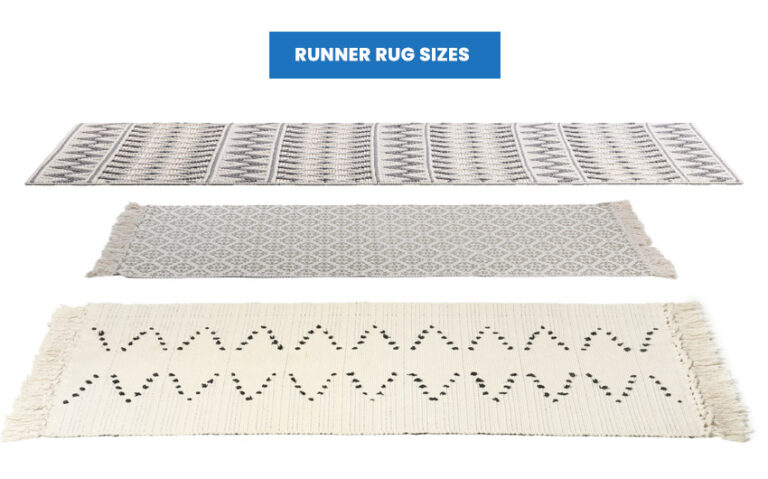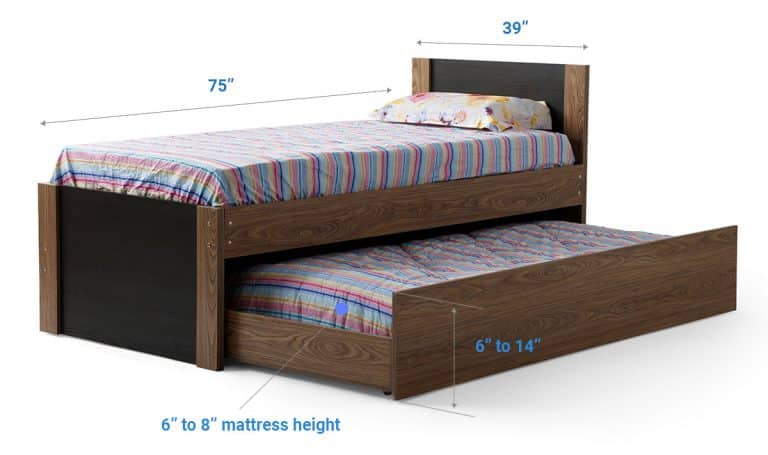Washing Machine Pan Sizes (How Big & Deep Is Best)
Washing machines are indispensable in any modern home, allowing families to wear fresh, clean clothes with little to zero effort. Unfortunately, using incorrect washing machine pan sizes can give you headaches, flooding the laundry room and causing water damage to the house.
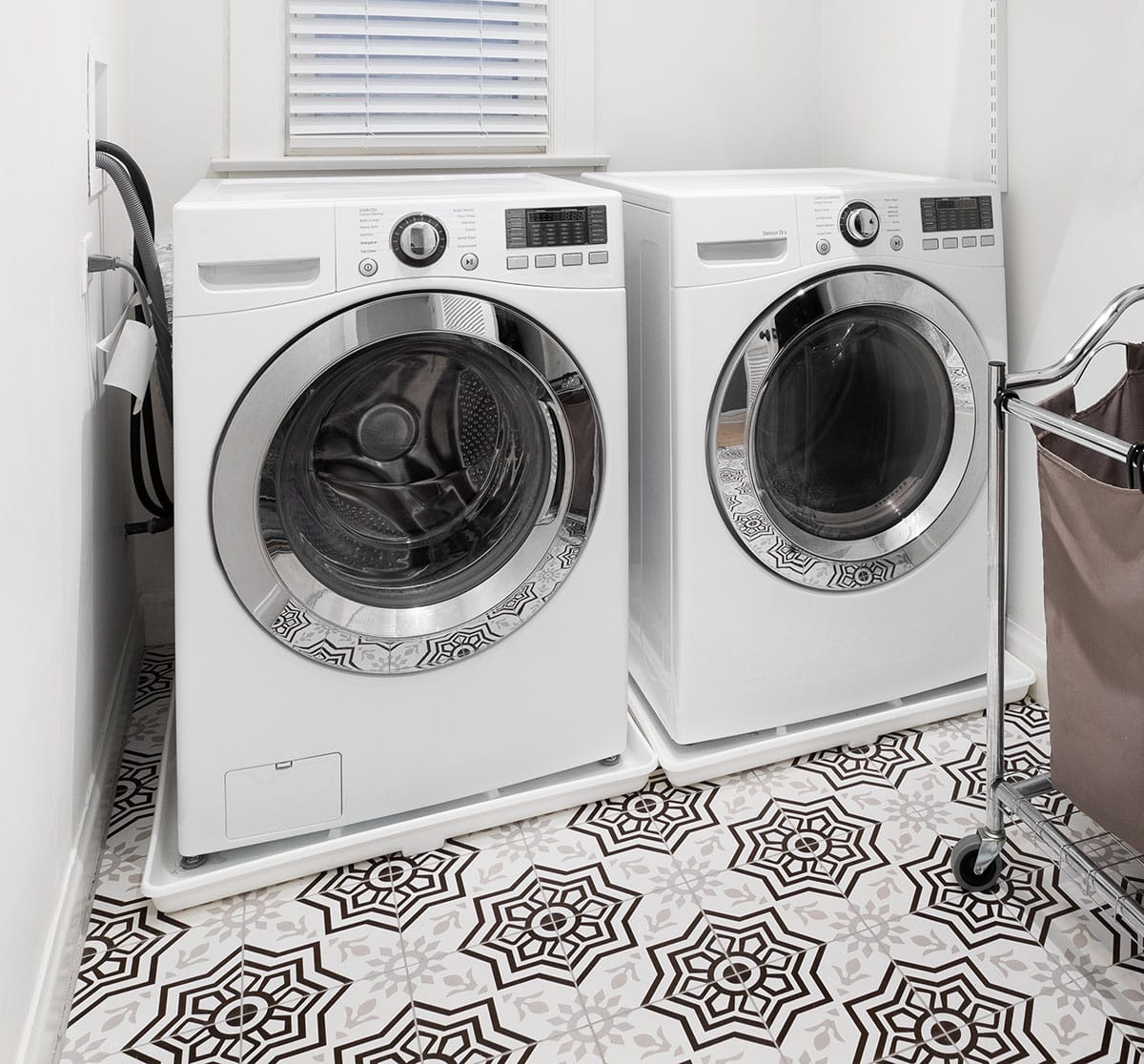
Knowing the right size washer drain basins can save you from costly water damage repairs and rebuilds.
How Big Should The Washer Drain Pan Be?
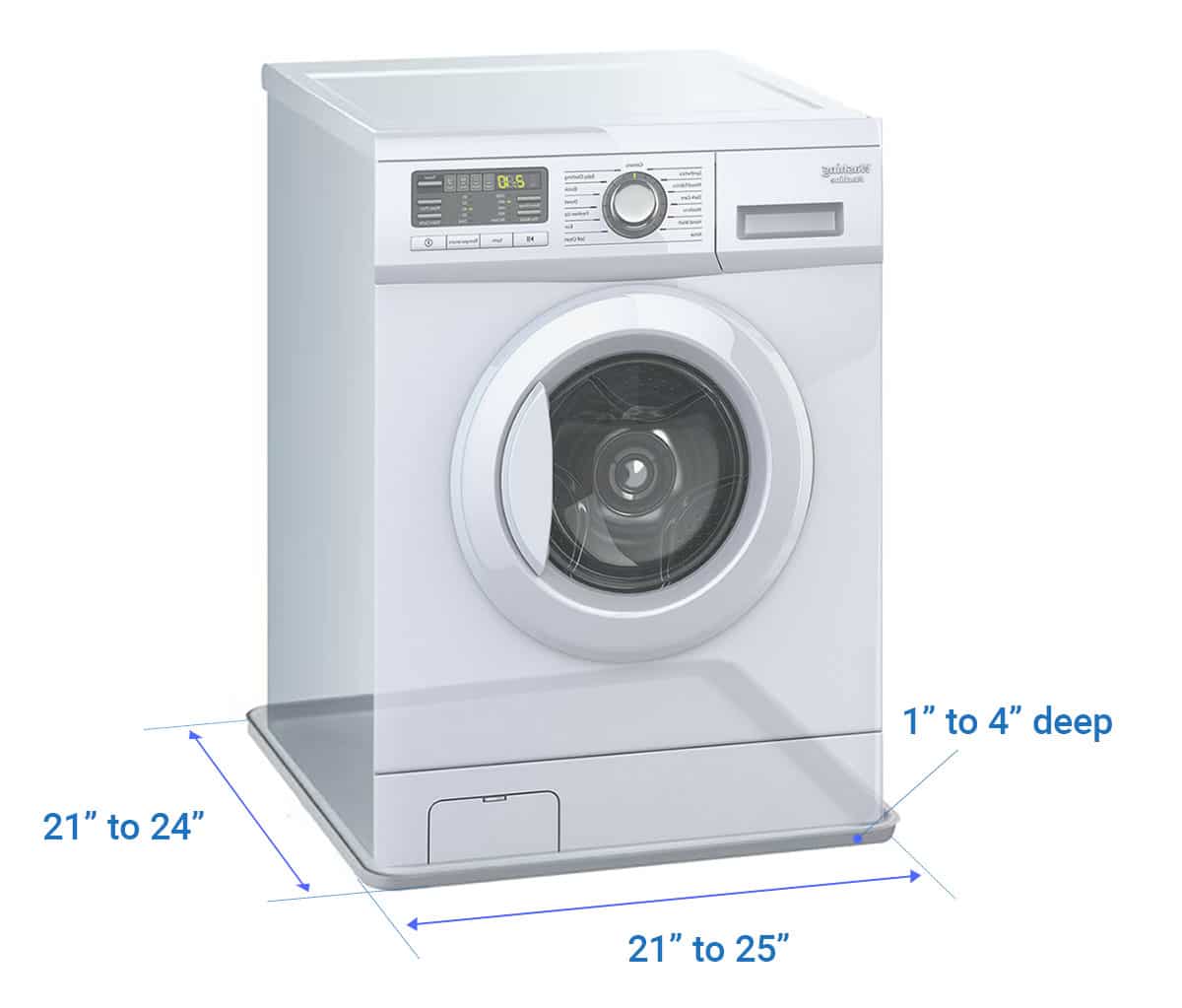
Washing machine drain pans don’t come in standard sizes, nor will you find a one-size-fits-all basin. However, the ideal dimensions should be slightly larger than the clothes washer but marginally smaller than the appliance’s floor clearances.
For example, suppose your washer measures 20 inches (51 centimeters) across and 19.5 inches (49.5 centimeters) front-to-back for a 390 square-inch or 2.7 square-foot floor coverage. Let us also assume you have a 3-inch clearance around the appliance, bringing the total floor space to 26 inches by 25.5 inches or 66 by 65 centimeters.
A drain pan measuring 21 to 25 inches (53 to 63.5 centimeters) across and 21 to 24 inches (53 to 61 centimeters) deep (front-to-back) should be ideal.
Hence, you will want to measure your appliance’s outside dimensions (width and depth or front-to-back section) and the space where it sits in the laundry room. Compare both measurements (washing machine dimensions and clearances) and pick a pan with measurements between the measured values.
How Deep is a Washing Machine Pan?
Another metric families and homeowners must consider when buying a drain pan for washing machines is depth or how high the basin’s walls are from the bottom surface.
Here’s a clue. The shallower the pan, the faster it fills with water, and the higher the risk of flooding the laundry room.
Hence, most families opt for a 3- to 4-inch high (7.6 to 10 centimeters) washer drain pan wall to safeguard their rooms and homes against leaks and spill-related water damage.
Unfortunately, a deep pan can be an eyesore, making a 1- to 2-inch-deep (2.5 to 5 centimeters) washer basin more ideal for households that want a minimalist look in their laundry rooms. The issue with a shallow pan is quicker filling to capacity. Families must ensure washing machine fittings and plumbing fixtures are water-tight and leakproof for adequate protection.
How Do I Keep My Washer’s Pan from Moving?
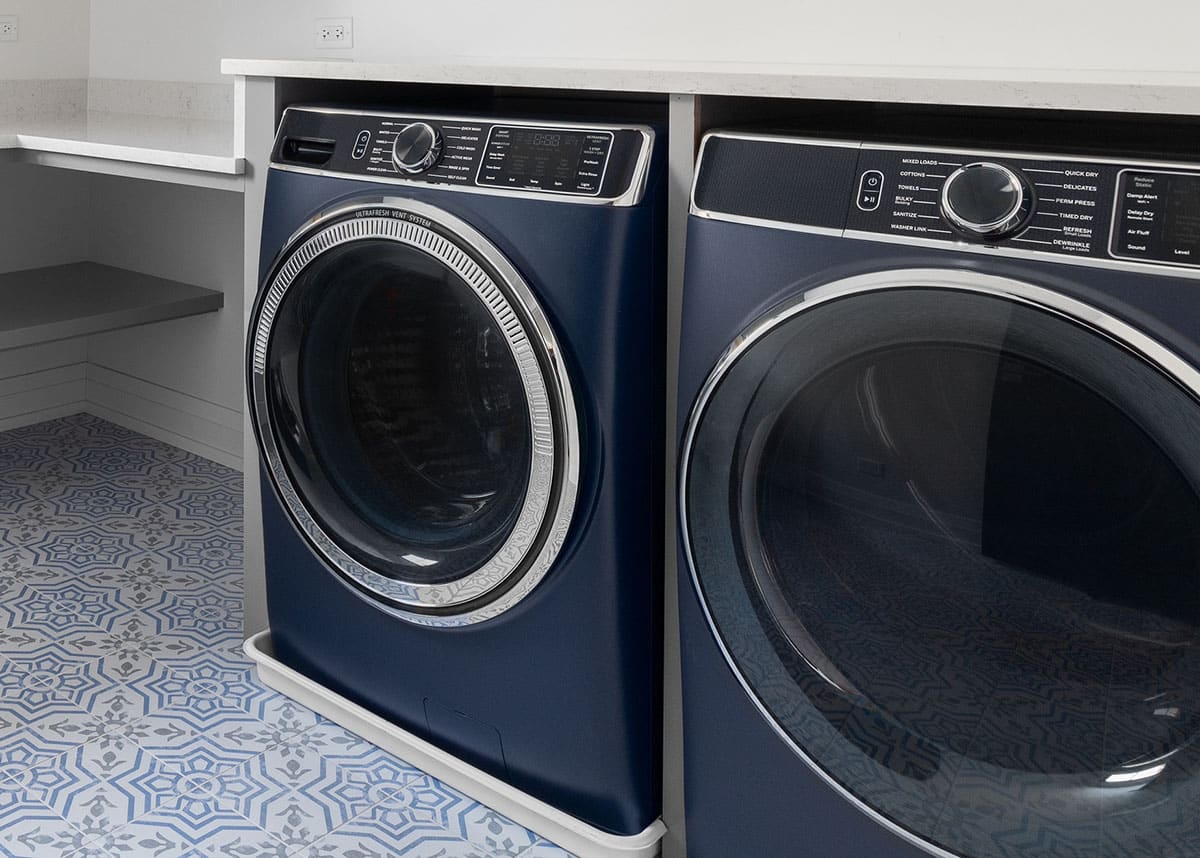
Most clothes washer basins feature high-impact, injection-molded, high-density polypropylene plastic, allowing them to accommodate the appliance’s heft while keeping the water from seeping or spilling onto the floor.
Other options include galvanized metal construction, with some featuring an anti-rust zinc coating. Although expensive, metal washer drain trays are more durable than plastic. Some brands use stainless steel in their basins.
The issue with these pans is their nonporous surface, making them slide or move on the floor. The solution? Adding a friction pad between the washer pan’s bottom surface and the floor will help prevent the appliance from moving.
Although an antivibration pad is ideal, some homeowners use old rugs, clothes, or foam to stabilize washer drain pans. Families must ensure the tray stays parallel to the floor if they use these alternatives. Others even use a pedestal underneath for extra storage rather than a tray.
Are Washer Drain Pans Required by Code?
Many first-time homeowners find residential building requirements baffling. Any house must adhere to a code or structural specifications from roofs to nooks and crannies. Unsurprisingly, some families wonder if the government has specific requirements for clothes washer drain pans.
Thankfully, no building code exists, underscoring the clothes washer drain tray guidelines. Hence, families may opt not to place a drain tray underneath the washing machine. Of course, doing so can increase the risk of spill- and leak-related water damage.
Should I Put a Pan Under My Washer?
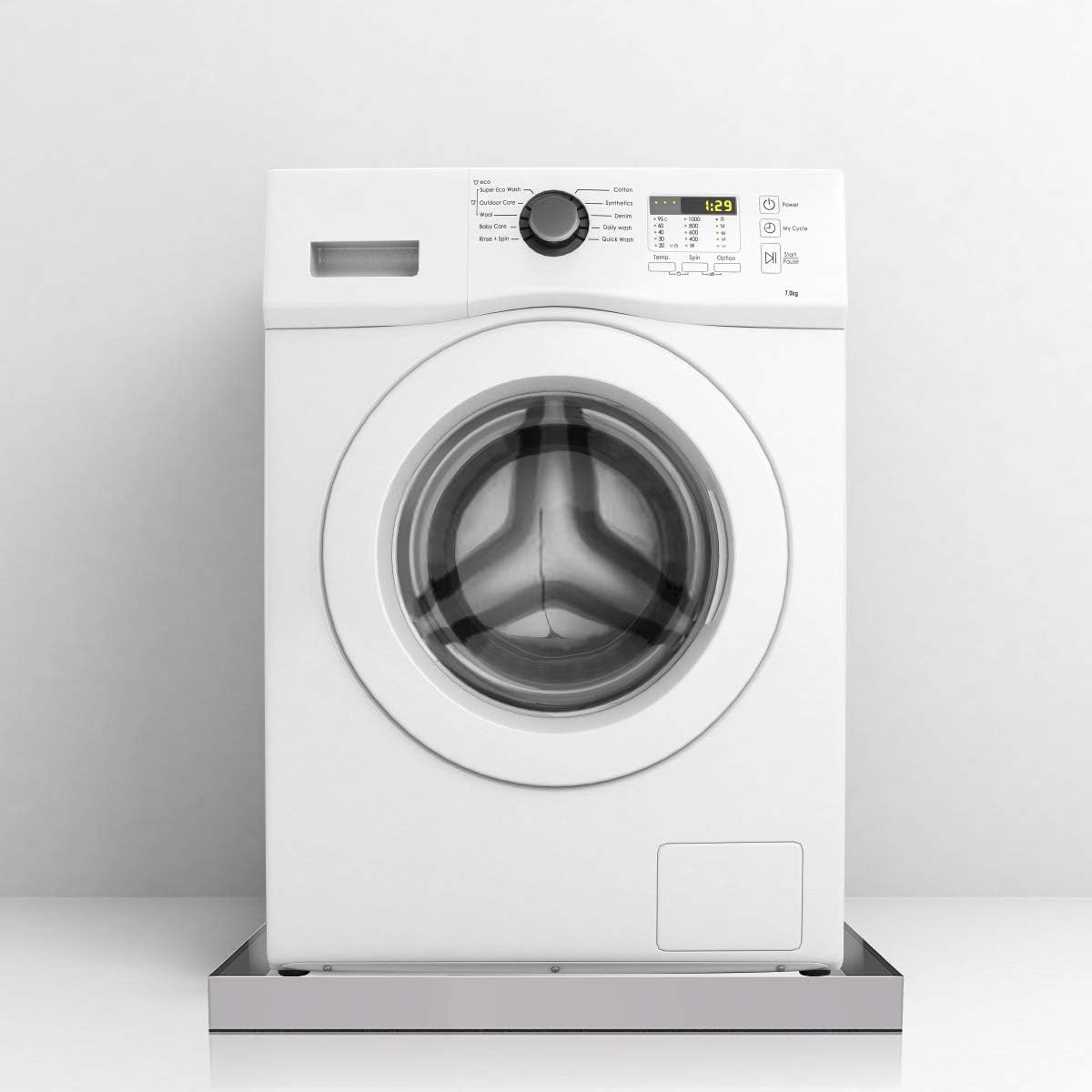
Whether you put a drain pan under the clothes washer is a personal choice. Dismissing the drain tray installation makes sense if you’re confident no leaks, spills, or busted pipes will occur.
However, if you’re unsure about the integrity of washing machine elements and plumbing fixtures, placing a basin underneath the clothes washer is sound advice. Most consider the action proactive – preventing water damage and avoiding costly repairs.
A busted pipe or a broken washing machine hose can spill water onto the floor, reaching and leaching into crevices where the increased moisture can weaken the house’s structure.
Unfortunately, even tiny drops of water can create problems, including mold and mildew infestation. If some family members have allergies, these microorganisms can exacerbate allergic symptoms, leading to costly hospitalizations and medications. So, you might want to put a pan under the washing machine even though the government doesn’t expect you to.
Visit our laundry room accessories tips for more related content.



